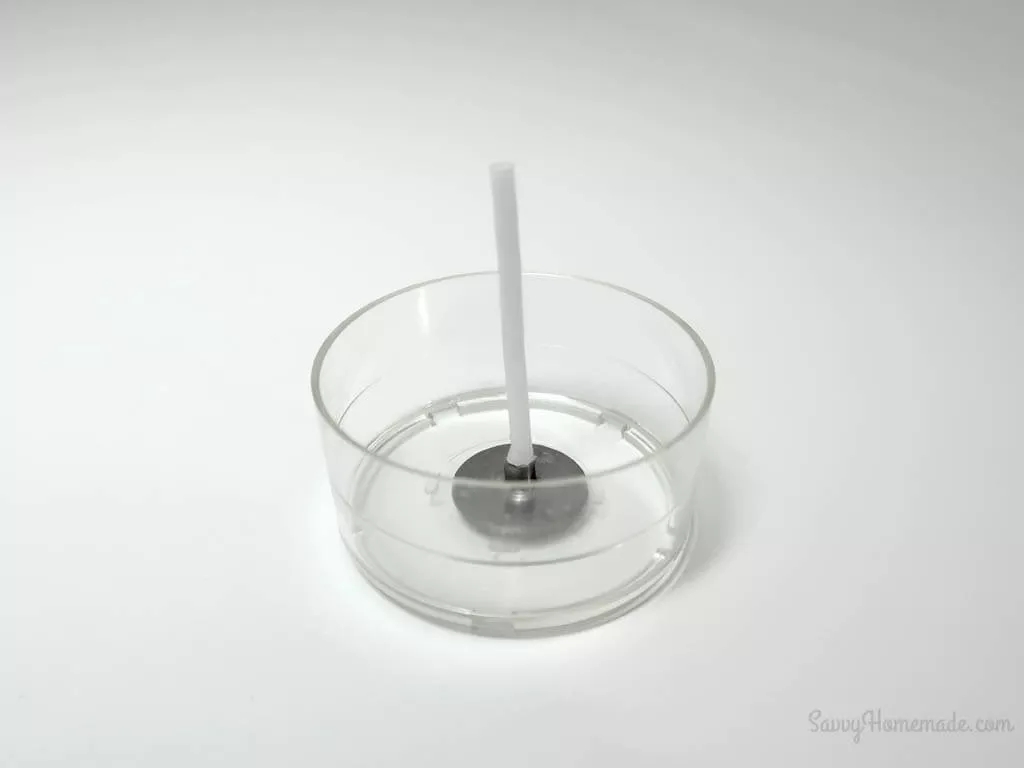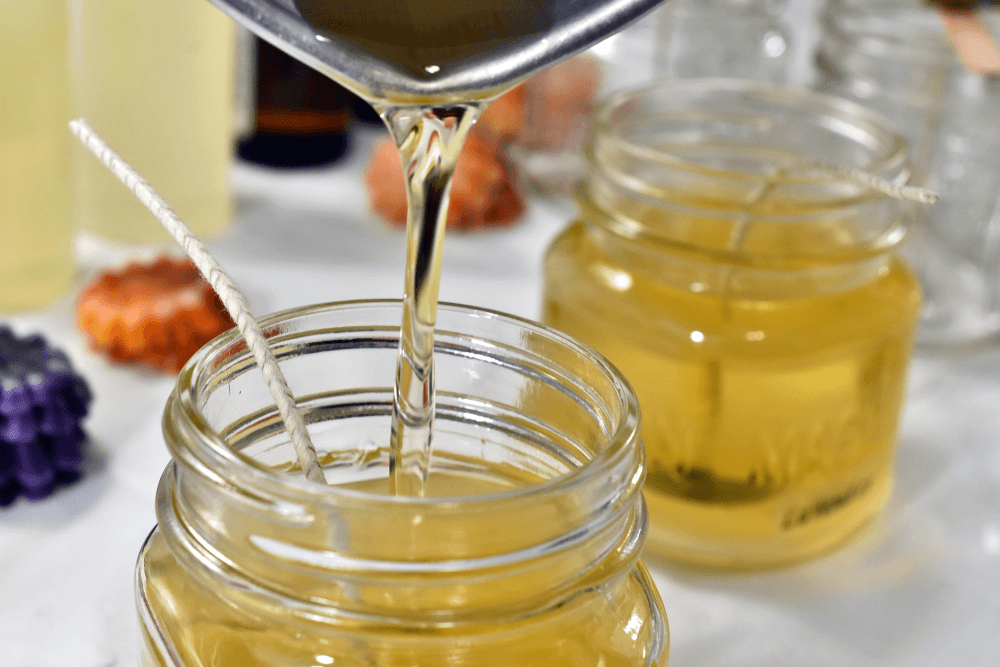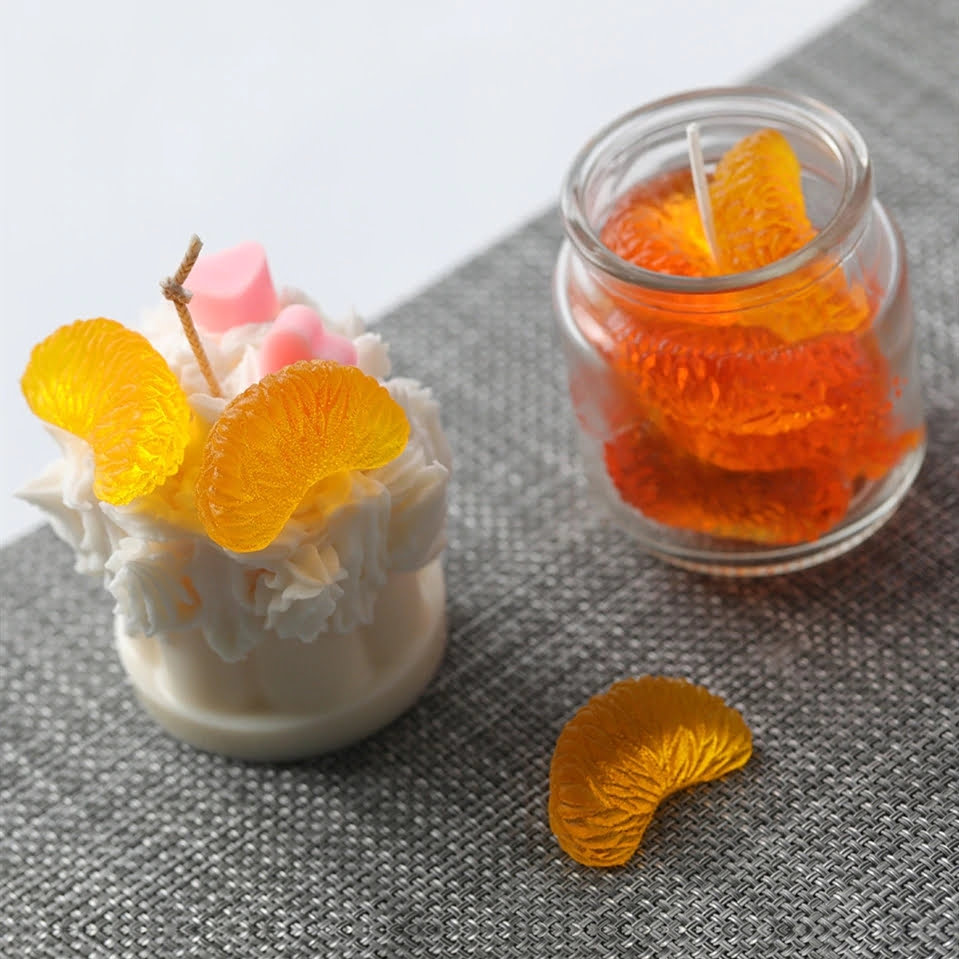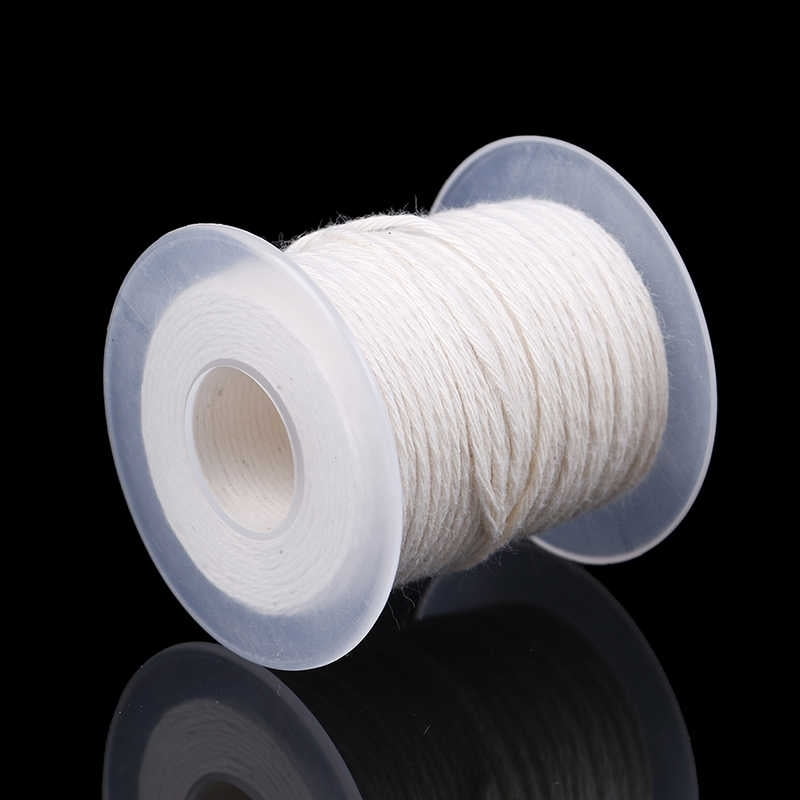Additives play a crucial role in the art of candle making, allowing crafters to enhance the quality, appearance, and performance of their creations. From increasing scent throw to improving burn time, additives can elevate your candles to the next level. Whether you are a seasoned chandler or just starting out, understanding the different types of additives available and how to use them effectively is essential for creating beautiful and fragrant candles.
When it comes to additives for candle making, there is a wide range of options to choose from, each serving a specific purpose in enhancing the final product. Some common additives include fragrance oils, colorants, UV inhibitors, and stabilizers.
These additives not only add visual appeal but also contribute to the overall functionality of the candle. By incorporating these elements into your candle making process, you can customize your creations to suit your preferences and create unique scents that set your candles apart.
In this comprehensive guide on additives for candle making, we will delve into the different types of additives used in candle making and explore their benefits and functions. We will also discuss safety precautions when working with additives and provide tips on choosing the right ones for your projects. Whether you are looking to improve scent throw or experiment with creativity in your candle making endeavors, understanding how additives can enhance your craft is essential for achieving exceptional results.
Understanding the Different Types of Additives Used in Candle Making
Additives play a significant role in the art of candle making, offering a wide range of benefits and creative possibilities. Understanding the different types of additives used in candle making is essential for achieving desired results and enhancing your candle-making experience. From enhancing fragrance throw to improving burn time, additives can customize candles to meet specific needs or preferences.
One common type of additive used in candle making is UV inhibitors. These additives help prevent fading or discoloration of candles when exposed to sunlight or artificial light sources over time. This is especially useful for candles displayed in well-lit areas or those intended for outdoor use, such as garden or patio candles. By incorporating UV inhibitors into your candle-making process, you can extend the lifespan of your creations and maintain their aesthetic appeal.
Another popular additive for candle making is vybar, which helps improve scent throw and color dispersion. Vybar works by increasing the adhesion of fragrance oils to the wax, allowing for a stronger and longer-lasting fragrance release during burning. Additionally, vybar helps distribute color evenly throughout the wax, resulting in vibrant and consistent hues in finished candles. Whether you prefer subtle scents or vivid colors in your candles, vybar can help you achieve the desired effect effortlessly.
| Additive Type | Function |
|---|---|
| UV Inhibitors | Prevent fading or discoloration when exposed to light sources |
| Vybar | Improve scent throw and color dispersion in candles |
Benefits of Using Additives in Candle Making
Enhancing Fragrance
One of the key benefits of using additives in candle making is the ability to enhance the fragrance of your candles. By incorporating additives such as fragrance oils or essential oils, you can create candles with stronger and longer-lasting scents.
These additives can help ensure that the aroma of your candles fills the room and creates a pleasant ambiance. Additionally, certain additives like soy wax can help carry fragrances better than other types of wax, further enhancing the overall scent of your candles.
Improving Burn Time and Performance
Another advantage of using additives in candle making is their ability to improve burn time and performance. Additives like stearic acid or vybar can help stabilize the wax, reduce dripping, and prolong the lifespan of your candles. They can also minimize tunneling and ensure an even burn, resulting in a more efficient candle overall. By incorporating these additives into your candle recipes, you can produce candles that burn cleaner, slower, and more evenly, enhancing both their aesthetic appeal and functionality.
Enhancing Visual Appeal
In addition to improving fragrance and performance, using additives in candle making can also enhance the visual appeal of your creations. Additives like color dyes or mica powder allow you to customize the appearance of your candles by adding vibrant hues or shimmering effects.
With these additives, you can create unique and eye-catching candles that are not only pleasing to the senses but also visually stunning. Experimenting with different additives for color or visual effects can add a creative touch to your candle making projects and make them stand out from store-bought alternatives.
Common Additives and Their Functions in Candle Making
Beeswax
Beeswax is a popular additive for candle making due to its natural properties. Adding beeswax to your candles can help increase their burn time and create a firmer wax blend. Beeswax also enhances the scent throw of the candle, allowing for a stronger fragrance to fill the room when the candle is lit. Additionally, beeswax can add a beautiful natural color and texture to your candles, giving them a unique and artisanal look.
Stearic Acid
Stearic acid is another common additive used in candle making for various purposes. This additive helps to harden the wax, making it easier to mold and work with. It also improves the opacity of the wax, resulting in a more opaque and creamy appearance of the candles. Stearic acid can also assist in reducing excess dripping and soot formation during the burning process, leading to a cleaner and more efficient burn.
UV Inhibitors
UV inhibitors are additives that are specifically designed to protect candles from fading or discoloration caused by exposure to sunlight or other UV rays. By incorporating UV inhibitors into your candle-making process, you can ensure that your candles maintain their color and aesthetic appeal over time.
This is especially important for candles that are displayed outdoors or near windows where they may be exposed to sunlight regularly. UV inhibitors can help prolong the life of your candles and preserve their visual quality for longer periods.
By understanding the functions of these common additives for candle making, you can enhance your candle-making experience and create high-quality candles with desirable characteristics. Experimenting with different additives allows you to customize your candles based on specific preferences such as burn time, fragrance intensity, appearance, and longevity. Incorporating these additives into your candle-making process opens up a world of possibilities for creating unique and personalized candles that stand out among commercial options on the market.
How to Incorporate Additives in Candle Making Process
Additives play a crucial role in the candle-making process, allowing artisans to enhance the quality, appearance, and performance of their creations. When it comes to incorporating additives into your candle making process, there are several important factors to consider. One key aspect is understanding the properties and benefits of each type of additive to determine which ones will best suit your desired outcome.
One common additive for candle making is fragrance oils, which add scent to the candles. To incorporate fragrance oils, you can blend them with melted wax at the recommended temperature for optimal scent throw. Another popular additive is colorants, which give candles vibrant hues. Colorants can be added to the melted wax before pouring it into molds or containers.
Aside from fragrance oils and colorants, other additives like UV inhibitors or stabilizers can help protect candles from discoloration or fading due to exposure to sunlight. These additives are typically mixed into the wax before adding any fragrance or color elements. By incorporating these protective additives, you can ensure that your candles maintain their desired appearance over time.
| Additive Type | Function |
|---|---|
| Fragrance Oils | Add scent to candles |
| Colorants | Provide vibrant hues |
| UV Inhibitors/Stabilizers | Protect candles from discoloration/fading |
Incorporating additives accurately and efficiently is essential for producing high-quality candles. It’s important to follow recommended guidelines and measurements when adding any additives to your candle making process.
Whether you are looking to enhance the visual appeal, scent, or longevity of your candles, choosing the right additives and incorporating them properly can make a significant difference in the final product. Experimenting with different combinations of additives can also lead to unique creations that cater to various preferences and purposes – whether for personal use or gifting.
Safety Precautions When Using Additives in Candle Making
When using additives for candle making, it is important to practice proper safety precautions to ensure a safe and enjoyable crafting experience. Here are some essential safety measures to keep in mind:
- 1. Use protective gear such as gloves, goggles, and a mask when handling additives like fragrance oils or dyes.
- 2. Work in a well-ventilated area to minimize exposure to any fumes or vapors produced during the candle making process.
- 3. Keep additives away from open flames or sources of heat to prevent accidental fires or burns.
In addition to these general safety guidelines, it is crucial to follow specific safety precautions for different types of additives used in candle making:
- A. Fragrance Oils: Avoid direct skin contact with undiluted fragrance oils as they can cause skin irritation or allergies. Always use the recommended amount of fragrance oil based on the manufacturer’s guidelines.
- B. Dyes: Wear gloves when working with candle dyes to prevent staining of your skin and clothing. Keep dyes away from food, beverages, and other items that you do not want to accidentally color.
By being mindful of these safety tips and taking necessary precautions, you can enjoy the creative process of incorporating additives into your candle making projects without compromising your well-being.
Remember, the goal is not only to create beautiful and fragrant candles but also to prioritize your safety throughout the entire candle making journey.
Tips for Choosing the Right Additives for Your Candle Making Projects
When it comes to choosing the right additives for your candle making projects, there are several factors to consider. Selecting the appropriate additives can greatly impact the quality, performance, and aesthetic appeal of your candles. Here are some tips to help you make informed decisions when incorporating additives into your candle making process:
- Identify Your Desired Outcome: Before selecting additives for your candles, it is important to clarify what you want to achieve. Whether you are looking to enhance scent throw, improve burn time, increase color vibrancy, or create unique textures, knowing your desired outcome will guide you in choosing the right additives.
- Research Different Additives: There is a wide range of additives available for candle making, each with its own properties and benefits. Take the time to research and understand the function of popular additives such as fragrance oils, dyes, UV inhibitors, stabilizers, and more. This knowledge will help you determine which additives align with your goals.
- Consider Compatibility: When selecting additives for your candle making projects, it is essential to ensure that they are compatible with the wax you are using. Some additives may work well with soy wax but not with paraffin wax or vice versa. Be sure to read product labels and instructions carefully before incorporating any additives into your candles.
By following these tips and taking a thoughtful approach to selecting additives for your candle making projects, you can enhance the quality and creative potential of your creations. Experimenting with different additives can open up a world of possibilities in terms of fragrance combinations, color variations, and overall design elements in your candles. Choose wisely and enjoy the process of customizing your candles with various additives for stunning results.
Creative Ways to Experiment With Additives in Candle Making
When it comes to candle making, experimenting with different additives can open up a whole new world of creativity and unique candle creations. By incorporating various additives into your candle making process, you can enhance the scent, color, texture, and even burn time of your candles. The possibilities are endless when it comes to exploring the potential of additives for candle making.
One creative way to experiment with additives in candle making is by combining different types to create custom blends. For example, you can mix fragrance oils with dye chips and botanicals to create a one-of-a-kind scented candle that also has a visually appealing look. By playing around with different combinations of additives, you can come up with personalized candles that cater to your preferences or the preferences of your customers if you sell them.
Another creative approach is to incorporate unexpected elements into your candles, such as glitter, confetti, or dried flowers. These additives not only add visual interest to the candles but also create a unique sensory experience when burned.
Imagine a candle that sparkles as it flickers or releases the subtle aroma of dried lavender as it melts – these are just some examples of how additives can take your candle making to the next level. Experimentation is key in discovering new ways to use additives in candle making and unleashing your creativity in this craft.
Conclusion
In conclusion, additives play a crucial role in enhancing the candle making experience. By understanding the different types of additives available and their respective functions, candle makers can unlock a world of creative possibilities. Whether it’s to improve scent throw, color vibrancy, or burn time, additives offer a wide range of benefits that can take your candle making projects to the next level.
Safety precautions should always be a top priority when working with additives for candle making. It is important to follow proper handling and storage guidelines to ensure a safe and enjoyable crafting experience. By educating yourself on the potential risks associated with certain additives and taking necessary precautions, you can create beautiful candles without putting your health at risk.
As you continue on your candle making journey, remember to experiment and have fun with different additives. Whether it’s trying out new scents, colors, or textures, don’t be afraid to get creative and push the boundaries of traditional candle making. The possibilities are endless when it comes to incorporating additives into your projects, so let your imagination run wild and see where it takes you in your candle making endeavors.
Frequently Asked Questions
What Additives Can You Add to Candles?
Additives that can be added to candles include fragrances, dyes, UV inhibitors, stabilizers, and even glitter. These additives help enhance the appearance, scent, and performance of the candles, catering to different preferences and needs.
What Is Universal Additive for Candle Making?
One universal additive for candle making is stearic acid. This additive helps to harden the candle wax, increase opacity, and improve burn time. It is commonly used in making pillar candles and votive candles for a longer-lasting burn.
What Can I Add to My Homemade Candles?
When making homemade candles, you can add essential oils for fragrance, natural colorants like dried flowers or herbs for decoration, and even coconut oil or beeswax to alter the texture or consistency of the candle wax. These additions allow you to customize your candles according to your preferences and creativity while maintaining a natural touch.

Welcome to my candle making blog! In this blog, I will be sharing my tips and tricks for making candles. I will also be sharing some of my favorite recipes.





